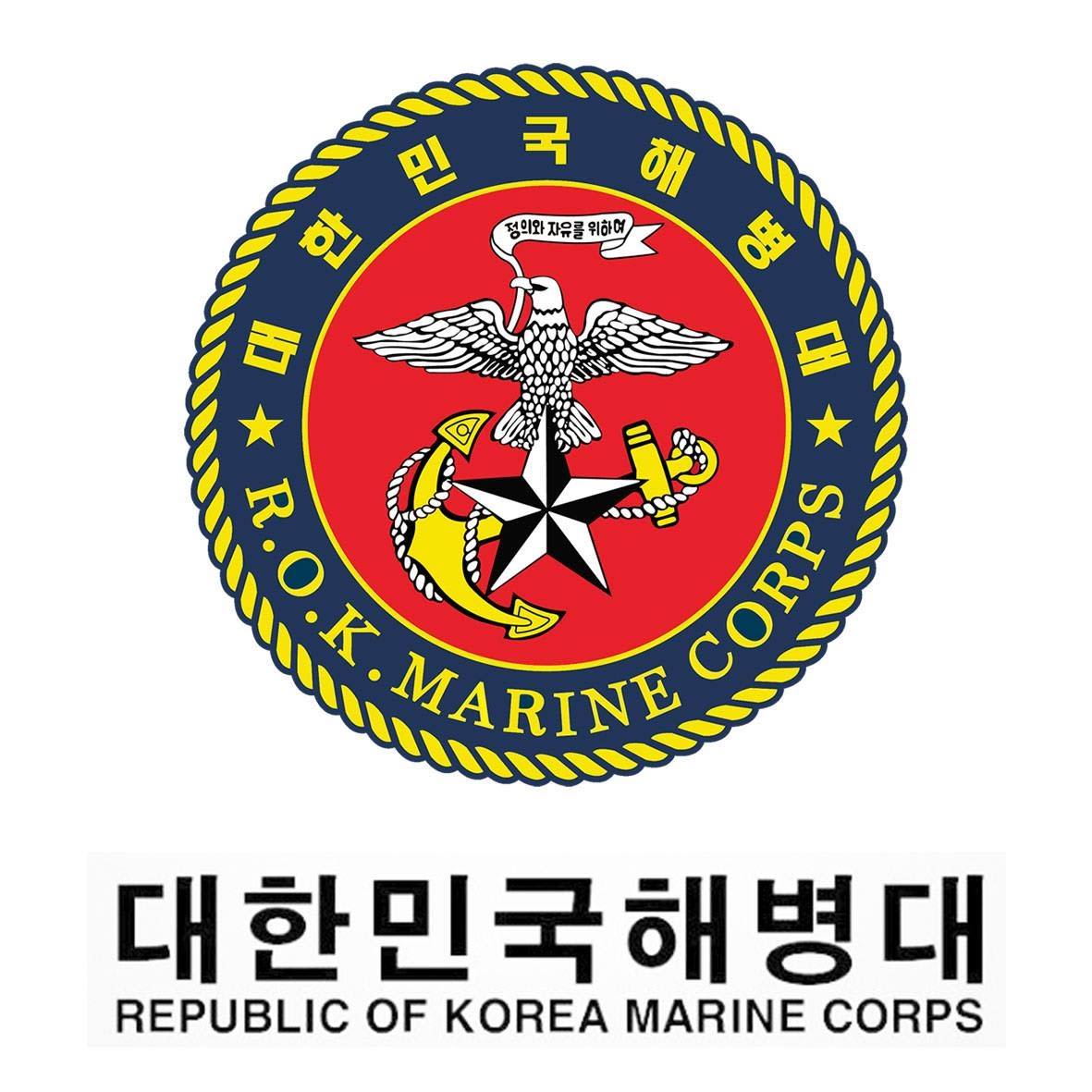
ON POINT
"The Marine Corps shall be organized, trained, and equipped to provide fleet marine forces of combined arms, together with supporting air components, for service with the fleet in the seizure or defense of advanced naval bases and for the conduct of such land operations as may be essential to the prosecution of a naval campaign.
FORCE DESIGN 2030
The Secretary of Defense, the Secretary of the Navy, and Congressional committees and stakeholder members have been fully briefed, and our active ranks have been involved at all levels in FD 2030 development.
THE THREAT THAT INFORMS THE DESIGN
We are redesigning the Corps because current and future threats call for a significantly more capable force, with new operating concepts.
Advancements in sensors, signal processing, and machine learning, coupled with robotic applications, will give rise to new use cases for autonomous systems. Even undercapitalized collections of people can use relatively inexpensive and risk-worthy drones and loitering munitions to conduct effective intelligence, surveillance, and reconnaissance; strike; and command and control within a contested airspace to counter armor and mechanized units.
Potential adversaries are building a robust, lethal force with capabilities spanning the air, maritime, space and information domains, enabling them to impose their will on others. Contested norms and persistent disorder confrontations will likely become violent and will include competition below the threshold of traditional armed conflict.
Future adversaries use ground-based, long-range, precision anti-surface and air defense system – integrated with air, maritime, cyberspace, and space strike capabilities – to deny forces access to the conflict zone.
If entry is achieved, enemy extended-rage, massed fires, augmented with precision munitions engaging in high payoff targets, challenge traditional large-scale land assembly, maneuver, and sustainment.
The reach of modern stand-off weapons like hypersonic glide vehicles and associated targeting systems are so great that Marines will constantly operate under threat rings of these systems; they will not be guaranteed freedom of movement without the enemy’s cognizance. Near-peer states will have an anti-access/area-denial capability, but numerous adversaries will also have at least some capabilities to challenge US operational access.
Implications for Marines:
MARINE FORMATIONS MUST OPERATE WITHIN ADVERSARY WEAPON ENGAGEMENT ZONES AND UNDER TECHNICAL SURVEILLANCE THAT IS UBIQUITOUS IN NATURE. SMALLER AND LIGHTER UNITS OF ACTION MUST BE CAPABLE OF DISAGGREGATED RECONNAISSANCE AND COUNTER RECONNAISSANCE OPERATIONS. (RETURN TO TOP)
THE PROCESS THAT INFORMS THE DESIGN
The work of redesigning the Marine Corps is threat informed, concept based, and accountable to a campaign of learning. Strategic guidance calls for a Marine Corps able to survive and thrive inside contested spaces. Developed concepts are tested through experimentation and wargaming. Integrated planning teams study and analyze the concepts for validation and refinement.
MARINES HAVE ALWAYS ADAPTED
In every era, the Marine Corps has established a focus area for force development pertinent to national and naval strategy. We have consistently retained the operational flexibility to conduct a wide variety of missions to meet national objectives.
“If we fail to adapt, fail to innovate, fail to develop and grow, we will find ourselves forever reacting and struggling. How do we adapt? When do we realize that the old models do not work anymore?"
– Gen (Ret) Tony Zinni in Leading the Charge.
“It is our obligation to subsequent generations of Marines, and to our Nation, to always have an eye to the future - to prepare for tomorrow's challenges today.”
– 34th Commandant of the Marine Corps Gen (Ret) James T. Conway in the Foreword to Marine Corps Vision and Strategy 2025
“The fact of the matter is that the Marine Corps has a history of innovation...we’ve been improvisers. Amphibious doctrine, close air support, the use of VSTOL, the use of vertical envelopment - those are all Marine Corps innovations. And yet, if you go back to the Commandants in those times and said, “Hey, General Vandergrift, was it easy? Did everyone jump on board?” His answer would have been, “Absolutely not.” Because change is tough, it is hard.”
– 31st Commandant of the Marine Corps Gen (Ret) Charles Krulak in 1997
'해병대 자료' 카테고리의 다른 글
| 페루 해병대 Infanteria de Marina-Perú (0) | 2022.11.05 |
|---|---|
| 미해병대 USMC FORCE DESIGN 2030 (2) (0) | 2022.11.05 |
| 21세기 전쟁수행 개념에 따른 한국 해병대의 발전 방향 (2) | 2022.11.03 |
| 21세기 한국군 운용에 절대적인 해병대의 전략적 가치 (0) | 2022.11.03 |
| 꼭 보아야 할 해병대 영화 TAKING CHANCE (0) | 2022.11.02 |




